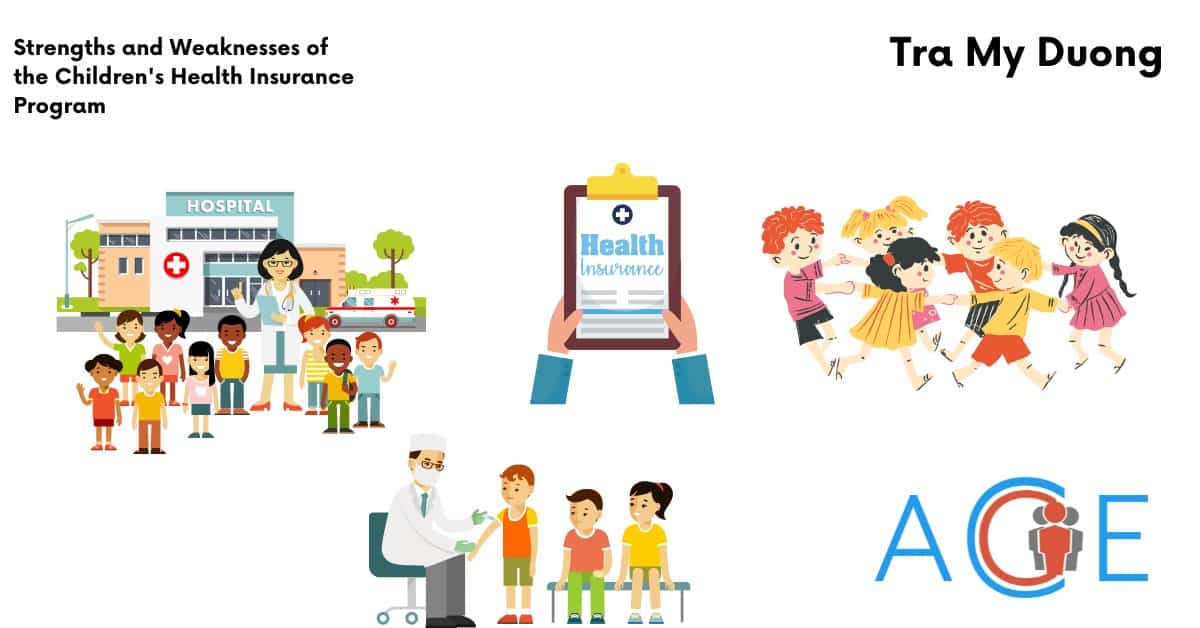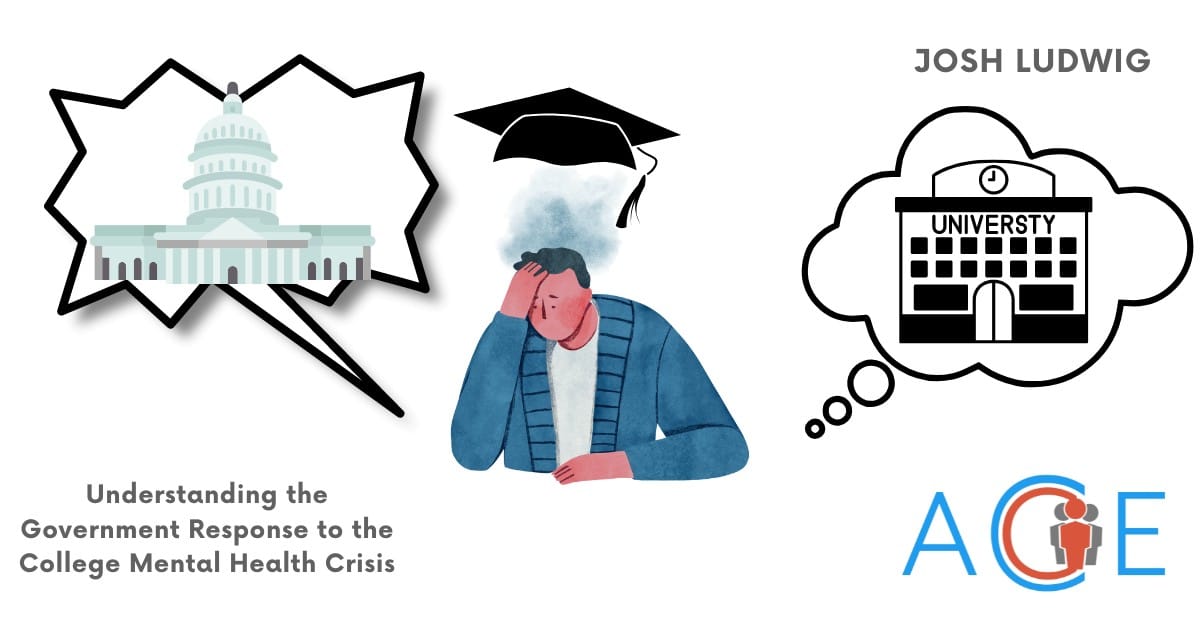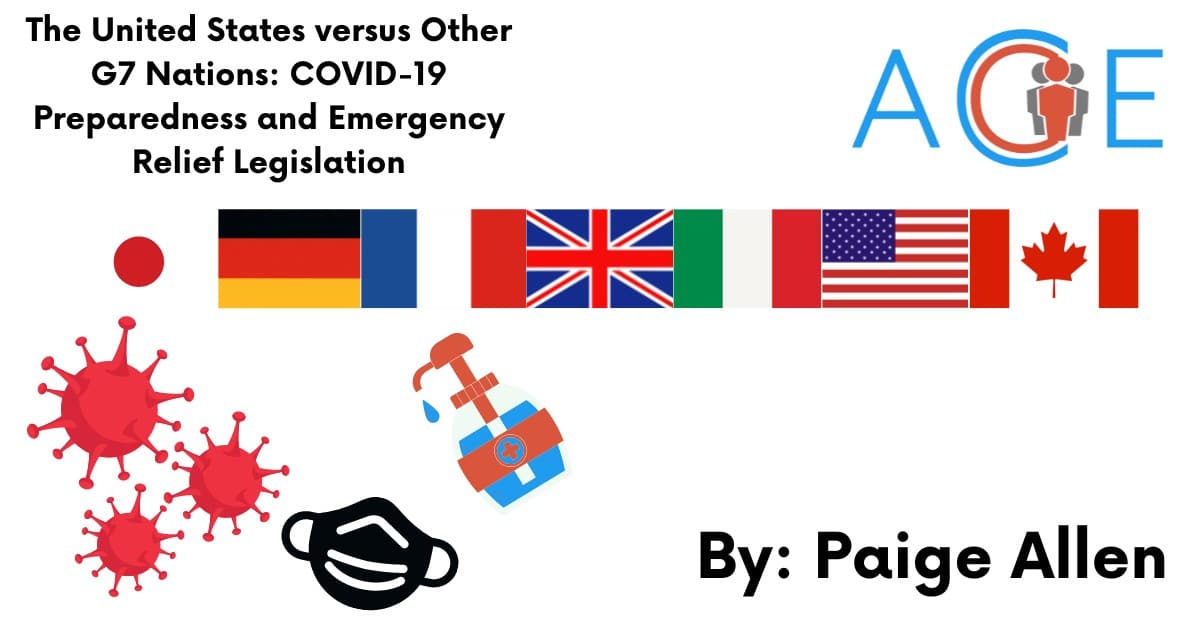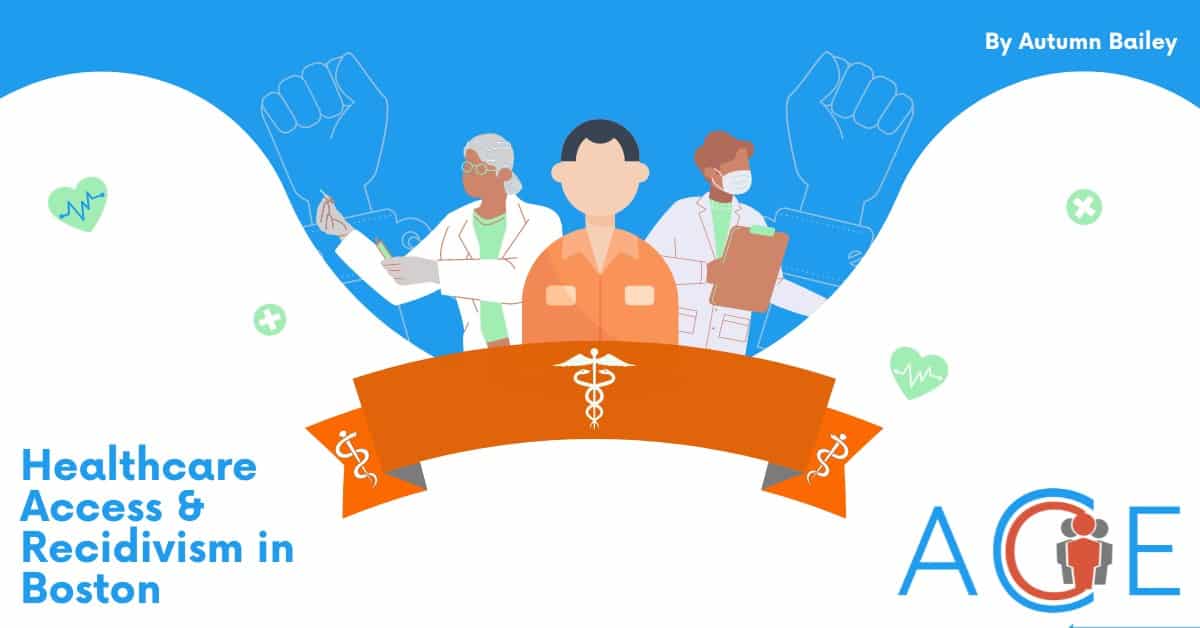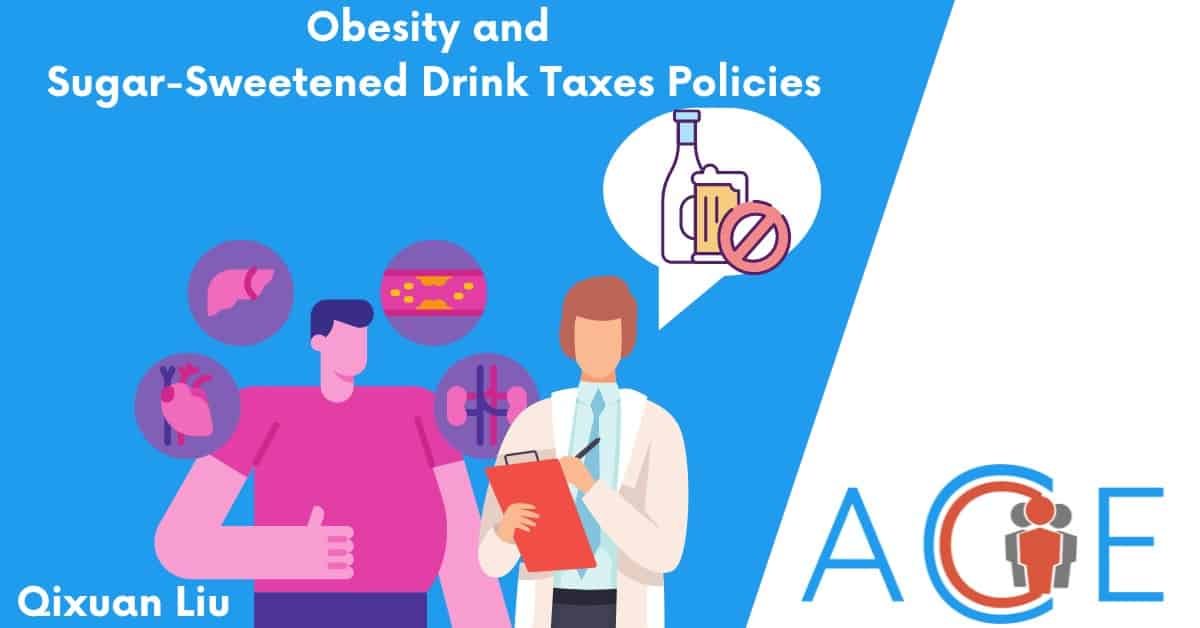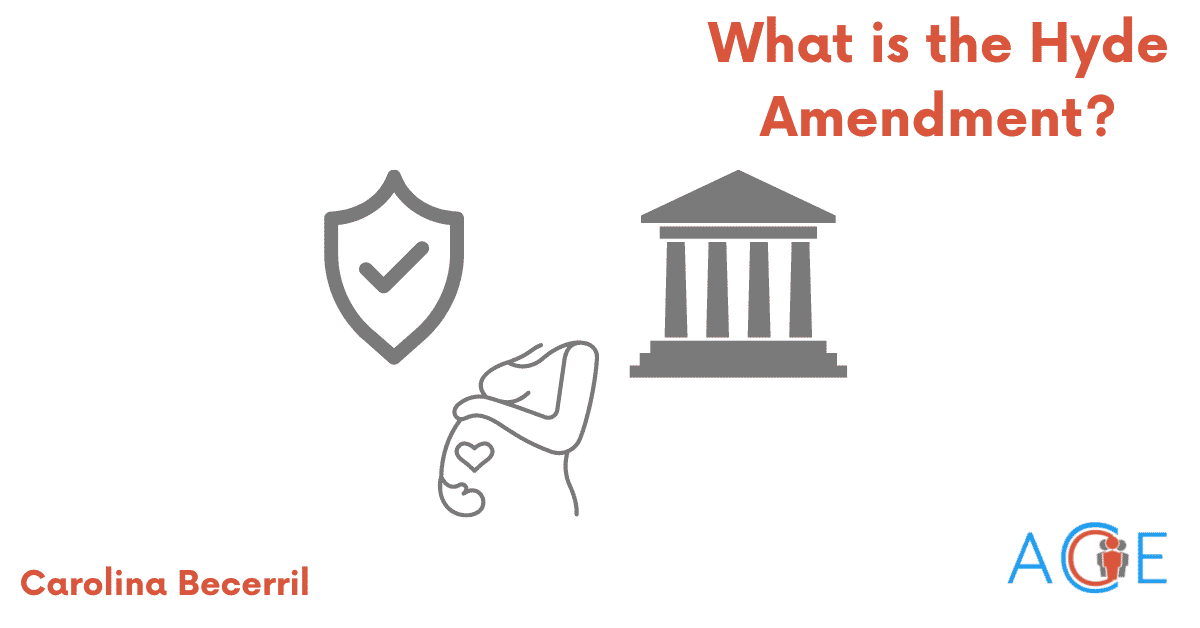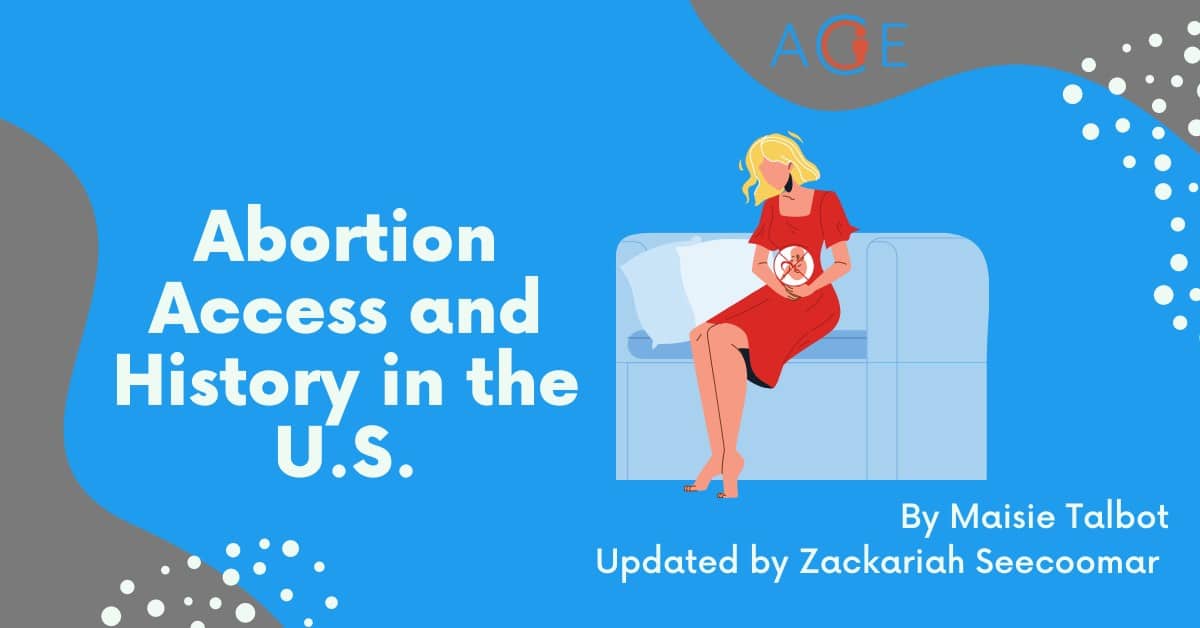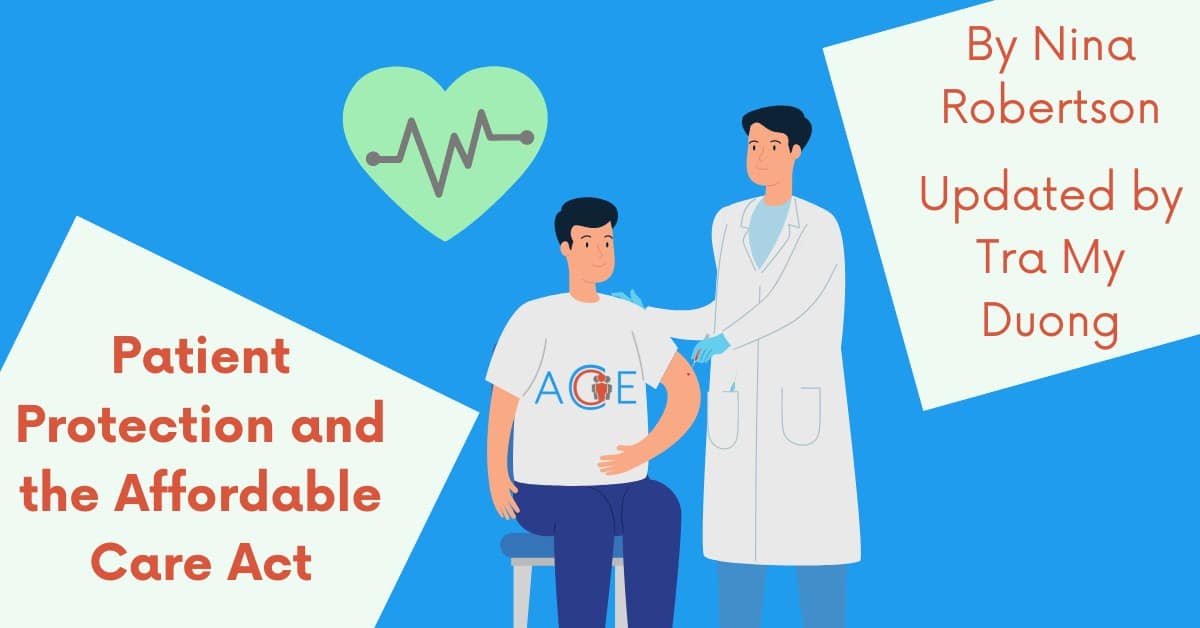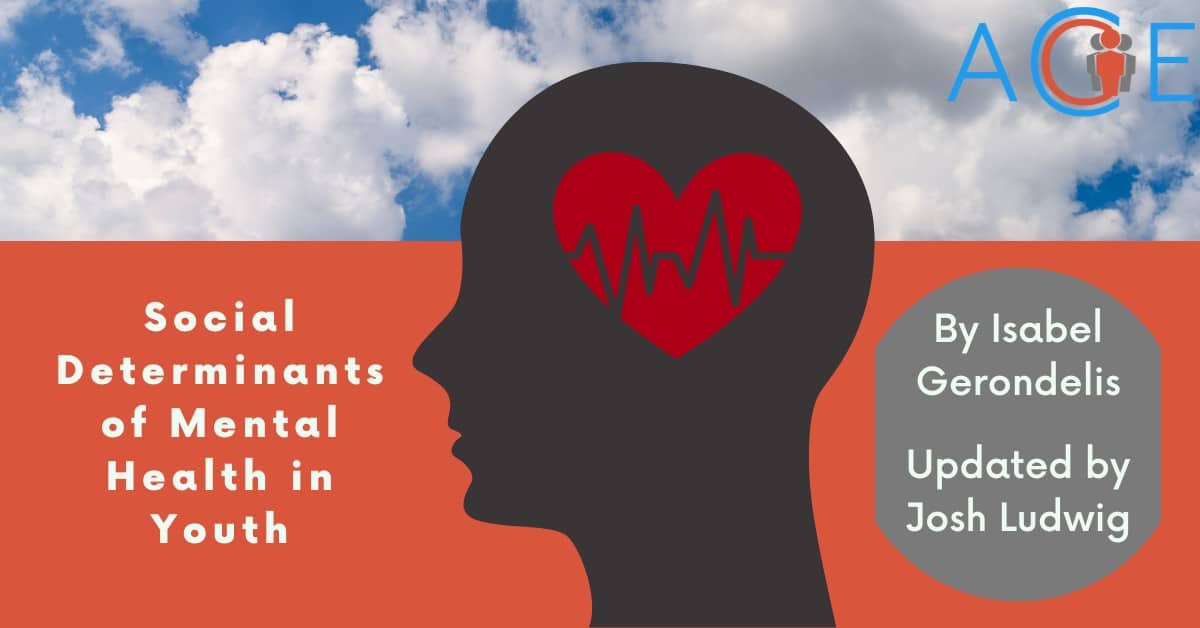This brief was originally published by Maisie Talbot on February 10, 2022. It was updated and republished by Zachariah Seecoomer on July 4, 2022.
Abortion is a procedure to end a pregnancy, which can be carried out via two different methods: medication abortion and in-clinic abortion. Medication abortion consists of two different types of medication: mifepristone and misoprostol. The effectiveness of this method ranges from 94% – 98%, while the effectivesness of in-clinic abortion is 99% . After the 12th week of pregnancy, it becomes more difficult to find a provider who will provide both procedures; however, this ultimately depends on which US state the patient is in.
Pre-Roe v. Wade Supreme Court Decision
Illegal abortions were common before the judical decision handed down by Roe v. Wade, but they were not widely available to everyone. During the mid 1800’s, many states enacted laws restricting abortions. By 1900, abortion was illegal in all states, with the exception of circumstances where the mother’s life was in danger. At the time, the procedure elicited a high death toll due to unsafe methods, and the lack of antibiotics posed a risk of infection. By 1930, one fifth of the maternal mortality rate was due to unsafe abortions. During the 1950s to the 1960s, the rate of illegal abortions ranged from 200,000 to 1.2 million per year.
Access to safe abortion was not an easy task at this time, especially for low-income women. The high cost of having an abortion from a safe provider, the cost of the review process prior to the procedure (to acertain if the mother’s life was in danger), and the costs of travel increased the rates of self-induced abortion. This procedure presented health-related risks like sepsis, internal injuries, and mortality due to a lack of both medical skills and standards necessary for positive health outcomes.
Roe v. Wade
Jane Roe, a fictional name to protect the plaintiff’s identity, was an unmarried pregnant woman who filed a lawsuit against Henry Wade, the district attorney of Dallas County, Texas in 1970. Roe fought against the state law that outlawed abortion except for when the mother’s life was in danger if the pregnancy continued. Roe claimed that it infringed upon the right to ‘personal privacy’, and went against the 1st, 4th, 5th, 9th, and 14th amendments. Roe won by a 7-2 majority in the Supreme Court in 1973, thus protecting a woman’s right to have an abortion without “extreme” government restrictions throughout the United States. There are certain specifications relating to the three trimesters of pregnancy within the Roe v. Wade decision:
- In the first trimester, the state may not regulate the woman’s choice to have an abortion; it is between the mother and the physician.
- During the second trimester, the state may place regulations on the procedure that are ‘reasonably related to maternal health’.
- At the third trimester, the state may regulate or exclude abortions entirely, but not if the mother’s life in in danger.
Without Roe v. Wade, states could enact laws that further restrict the ability to receive a legal abortion. Currently, 22 states have laws restricting the ability to obtain an abortion, and on the alternate side, 15 states, along with D.C., have laws that protect legal abortion access. To check which states have restrictions, and to what extent, click here.
Health Implications
According to the World Health Organization, unsafe abortions still pose a significant risk for maternal health across the world, with 7 million women admitted to the hospital every year as a result. The major long-term physical health impacts of unsafe abortion range from infection, haemorrhage, and injury to the genital tract and internal organs.
The American Psychological Association notes that having an abortion within the first trimester poses no more mental health risks than carrying a pregnancy to term. Women who are unable to access abortion are seen to experience higher levels of “anxiety, lower life satisfaction and lower self-esteem,” compared to women who were able to access one.
Women of lower socioeconomic status (SES) and women of color have the highest rates of abortion in the US, compared to women of higher socioeconomic status and white women. Unintended pregnancy rates among African Americans and Hispanic Americans with a low SES are high. 70% of all pregnancies among Black women are unintended, and 57% for Hispanic women, compared to 42% for White women. These statistics are mostly due to various social and cultural factors, and access to contraceptives if a major factor in unintended pregnancy.
Current Events
Restrictive Legislation
The Texas Heartbeat Act was signed into law on May 19th, 2021 and enforced on September 1st, 2021. This law restricts abortion access after 6 weeks within the state of Texas. This law also allows private citizens to sue individuals who receive, provide, or otherwise abet an abortion past the 6 week mark for up to $10,000 in damages. The United States Department of Justice has sued the state of Texas for the Heartbeat Act, claiming it is invalid under the 14th Amendment, meaning no state can enforce a law that deprives an individual of privilege and immunity; the 14th amendment also prevents the state from depriving life, liberty, and property without due process. However, the Supreme Court rejected the case.
A draft of a Supreme Court opinion, which is a legal decision, that would overturn Roe v. Wade was leaked on May 2nd, 2022. This verdict would greatly restrict abortion access on the grounds that abortion is not historically a Constitutional right. This would result in 13 states immediately banning abortion in the first and second trimesters of pregnancy (week 1 through week 26) given these states have trigger laws in place. Abortion trigger laws automatically ban or restrict abortion access if Roe v. Wade is revoked.
Florida Govern Ron DeSantis further restricted abortion access through new legislation which takes effect July 1, 2022; abortion will now be banned after 15-week of pregnancy. Similar 15-week abortion bans were recently passed in Kentucky and Arizona as well.
In February and March of 2022, multiple restrictions on abortion medication or pills have been enacted in Kentucky, Wyoming, and South Dakota. These FDA-approved abortion medications are the most widely used form of abortion in the U.S, being responsible for an estimated 54% of abortions. According to the FDA, they are safe to use within the first 10 weeks of pregnancy. The recent restrictions include prohibiting the use of abortion pills, the mailing of these medications, and physicians’ ability to prescribe the medications to these states.
Protective Legislature
In January 2022, the New Jersey state lawmakers introduced statuary protections in relation to abortion. Abortion statuary protections in New Jersey are state laws that guarantee a woman’s right to terminate the pregnancy, authorize healthcare professionals to prescribe abortion medication, and ensure insurance coverage for pregnancy terminating services. Similar legislation was passed in Colorado and Connecticut in April and May of 2022. In March 2022, a new law was passed in California increasing the economic accessibility of abortions. The law prohibits cost-sharing charges for abortion services by insurance companies. This means that abortion services are included in monthly insurance costs with no additional fees, such as copays. In addition, Oregon lawmakers have passed the Reproductive Health Equity Fund, allocating $15 million to organizations that provide abortions and to individuals in need of abortion services.
